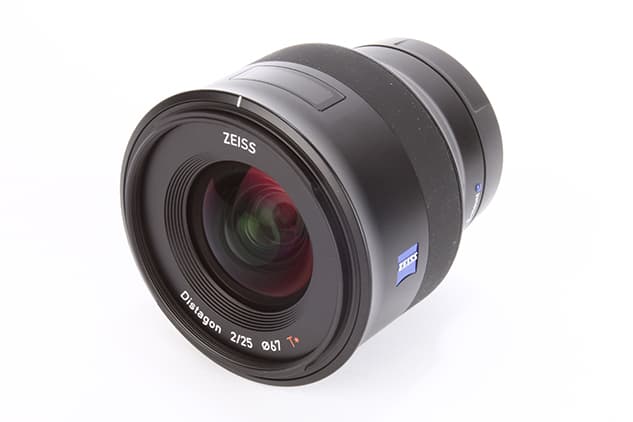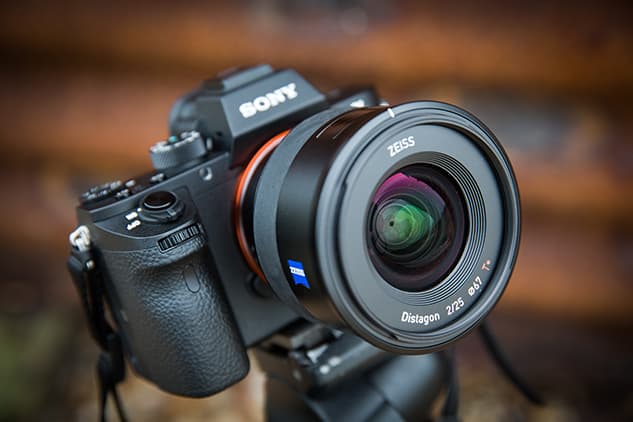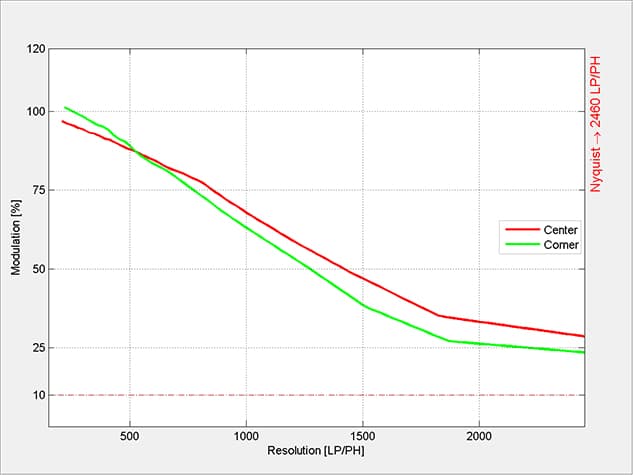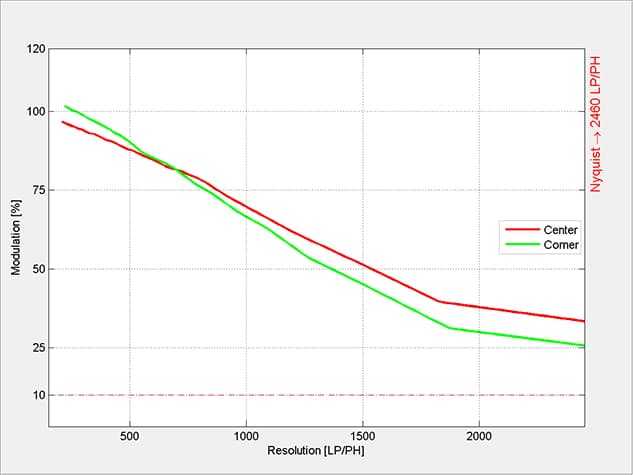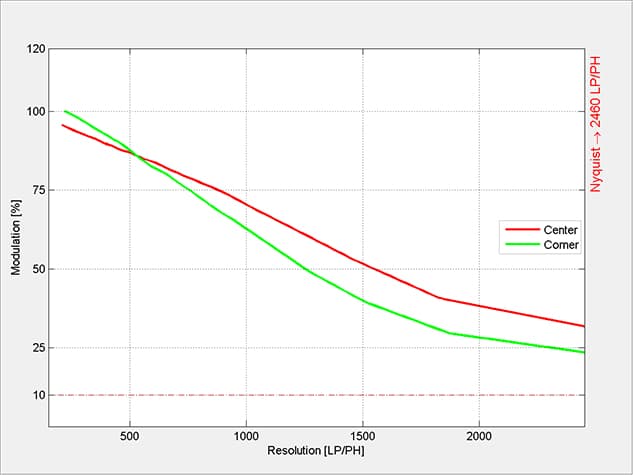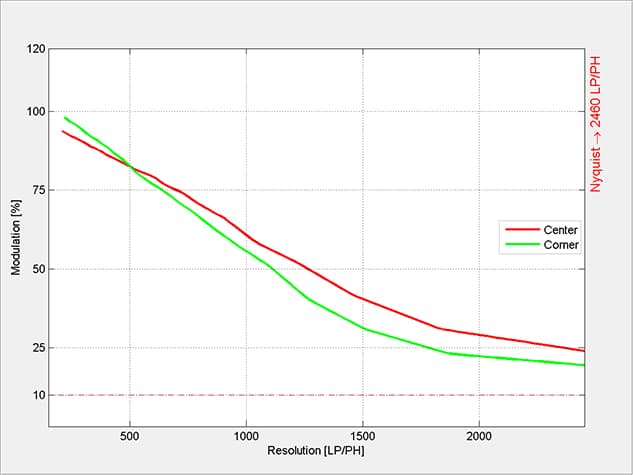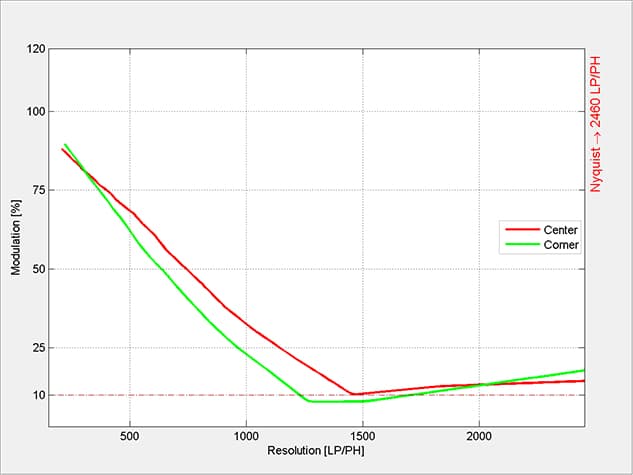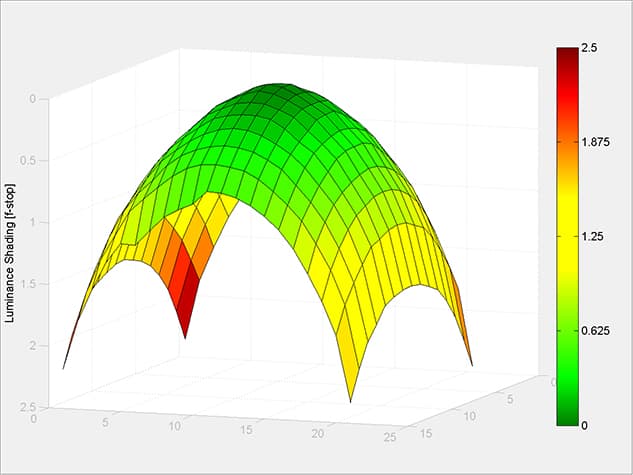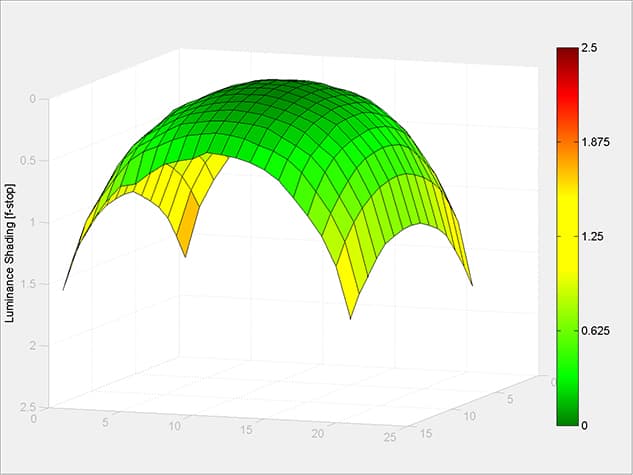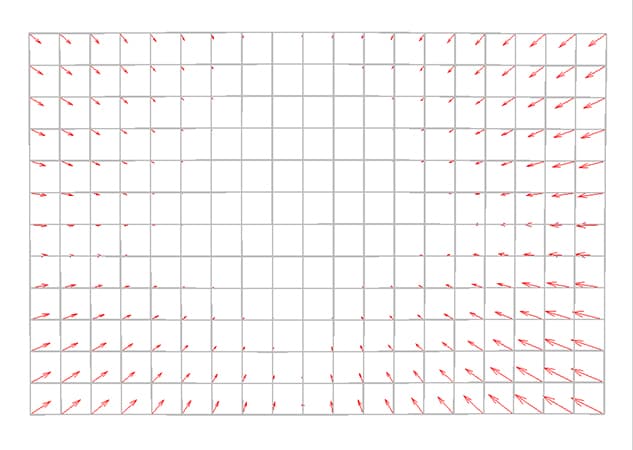Zeiss Batis 25mm f/2 Review – Introduction
When Sony launched its first full-frame mirrorless models in the form of the Alpha Alpha 7 and Alpha 7R in 2013, there were just a few lenses available. This shortage was typical of a system in its infancy and thankfully today the Alpha 7 series is looking in much better shape with no fewer than 11 full-frame E-mount lenses listed in Sony’s current line-up. The range comprises some magnificent fixed-focal-length primes and impressive telephoto zooms, but as any Sony Alpha 7-series user will tell you, the line-up of lenses feels anything but complete and there are still a few focal-length lenses missing that some photographers are calling out for.
Eager to capitalise on the success of Sony’s Alpha 7 series, Zeiss has developed a new range of professional Batis lenses, which, unlike Zeiss Loxia optics, offer full autofocus and feature a similar focus-by-wire motor as in native Sony/Zeiss lenses. There are just two lenses in the Batis range at present, which are designed to perform at their best when coupled to Sony’s full-frame mirrorless cameras. These lenses are the Zeiss Batis 85mm f/1.8 medium-telephoto prime – a lens that’s likely to draw attention from portrait, event and wedding photographers – and the Zeiss Batis 25mm f/2 wideangle prime, which could be an excellent choice for photographers specialising in landscape, architectural, street or documentary photography. Both look impressive in terms of their specifications and the great news is they fall below the four-figure price we’re used to seeing attached to premium Zeiss optics.

View our Zeiss Batis 25mm f/2 Gallery
Zeiss Batis 25mm f/2 Review – Features
The construction of the Zeiss Batis 25mm f/2 features ten elements in eight groups and draws on the manufacturer’s Distagon design. Four of the ten lens elements are aspheric on both sides and are claimed to ensure consistently high image quality over the entire image field, and impressive levels of sharpness that extend all the way to the edge of the frame. The remaining lens elements are made from what are described as ‘special’ glass, and just as we’ve seen on so many Zeiss lenses before, the lens features the manufacturer’s T* anti-reflective coating to reduce the effects of flare and ghosting, and to ensure the very best transmission of light to the sensor.
Unlike the Zeiss Batis 85mm f/1.8, which features optical image stabilisation to compensate for handshake, the Zeiss Batis 25mm f/2 does not. Although it would be nice to have, there’s an argument that at shorter focal lengths stabilisation is not absolutely essential on a wideangle lens where minor movements of the camera can cause fewer disturbances. As for the type of autofocus motors used within the lens, Zeiss Batis 25mm f/2 features specially designed high-performance linear motors that provide a smooth, fast and quiet autofocus operation in use. Just as you’d expect from a lens aimed at professionals and keen enthusiasts, it has a weather-sealed construction and is designed for operation in temperatures ranging from -10 °C to +55°C.
One of the most interesting features on the new Batis lenses is the introduction of an OLED panel. Unlike focus distance and depth of field markings that are typically printed on the barrel, the electronic display on the Zeiss Batis 25mm f/2 reveals these variables in real-time. Although some may view this feature as a novelty, it’s designed to be a practical solution and provide better readability in low light or at night.
The lens boasts an aperture range of f/2-f/22 and has the ability to focus closely to within 20cm. Landscape and architectural photographers wanting to separate foreground subjects from distant ones will appreciate the incredibly shallow depth of field that can be created by opening the lens fully to its maximum f/2 aperture. Also, those who regularly shoot with screw-in filters or adapter rings will want to take note of its 67mm filter thread. The benefit of an internal focusing system means that any filters fitted won’t spin around when the lens is autofocusing.
Zeiss Batis 25mm f/2 Review – Build and handling
You might think that the Zeiss Batis 25mm f/2 is a fairly small lens because it is designed for compact system cameras, but it’s not as compact as you might imagine and is both larger and heavier than I’d originally envisaged. Out of the box, you immediately realise that its design is different from most other lenses, and as you run your finger from the lens mount to the front of the lens there’s a point where the lens gets wider before you reach the rubberised manual-focus ring. From this point forward the barrel is cylindrical until you reach the front where it curves out slightly to ensure that when the petal-shaped lens hood is fitted the smooth flowing lines of the lens are preserved. The hood is made from plastic, as opposed to metal, and it doesn’t feature a soft felt lining as on some other lenses. On the subject of the lens hood, there’s a small white line on the hood and the front of the lens to initiate a quick connection, while it can also be reversed for easy storage and transportation.
Rather than switching between autofocus and manual focus via the lens, users are required to make this change via the camera. Just as on the Zeiss Batis 85mm f/1.8, there are no buttons or switches on the barrel, which contributes to its clean and minimalist appearance. Those with an eye for detail may spot a blue rubber gasket around the lens mount and it’s this that creates the weather-resistant seal between camera and lens.
The overall build and quality of the finish are sublime, although I will admit I slightly prefer the way it looks coupled to the older Alpha 7-series cameras than the very latest models. The reason I say this is based on the fact that the older Alpha 7 cameras, namely the Alpha 7 and Alpha 7R, have a smoother body finish that’s more in keeping with the finish of the barrel of the lens. This is a very minor point, though, and shouldn’t be an off-putting factor for Alpha 7 II or Alpha 7R II users, as the lens still looks good on these models and performs admirably.
In use, the manual-focus ring was quick to find from behind the camera and rotates very smoothly with what I’d class as just the right level of resistance. The fact that it’s rubberised is also excellent if you happen to get caught in a rain shower but want to continue making fine focusing adjustments with precise control.
Zeiss Batis 25mm f/2 Review – Image quality
To find out if the image quality is a match for its impressive build, handling and autofocus performance, I put the Zeiss Batis 25mm f/2 through extensive testing out in the field coupled to a Sony Alpha 7R II. A series of shots of the same scene taken throughout the aperture range uncovered signs of vignetting when the lens is fully opened to f/2. The good news is that this vignetting is by no means severe and is quite tasteful if want to encourage the viewer’s eye to any central subjects in the image. Corner shading quickly starts to disappear when the lens is stopped down to f/2.8, and as you reach f/3.2 and f/3.5 there’s virtually no trace of any vignetting.

This photograph was taken at f/2. It clearly illustrates the corner shading that appears at the edges
Landscape and architectural photographers who would like to capture the finest details will be eager to find out where in the aperture range the lens resolves its optimum sharpness. Excellent sharpness is recorded between f/4-5.6, but the sweet spot is located closer to f/5.6-f/8. The lens continues to resolve sharp images beyond these settings too, and while f/16 isn’t the sharpest aperture, it still delivers good results with acceptable edge-to-edge sharpness. It must also be noted that excellent sharpness is resolved in the centre of images at f/2, but to record a decent level of edge-to-edge sharpness across the frame you’ll ideally want to close the lens down by a few stops to f/4.

Evidence of green fringing was noted in this image along high-contrast edges between the boat and the sky
Some of my real-world images recorded at f/2 did flag up some red and green fringing along high-contrast edges, but these faint fringes of colour became apparent only when I was inspecting my images at very close magnification. This was a relatively easily fix by enabling the Remove Chromatic Aberration option that’s found beneath the Lens Corrections tab in Lightroom 6. The lens profile for the Zeiss Batis 25mm f/2 is also available for Photoshop CS6 and Photoshop CC users, but you will need to check that you’re running the latest version of Camera Raw (v9.1.1) first.
Zeiss Batis 25mm f/2 Review – Test results
Resolution
As our Applied Imaging tests show, the centre sharpness at f/2 is excellent. Stopping the lens down to f/4 improves overall edge-to-edge sharpness, with f/5.6-f/8 delivering the best results. Users shouldn’t be afraid to close the lens down to f/16 to create a large depth of field, and although f/20 and f/22 are perfectly usable, diffraction does start to hinder sharpness and the finest details at these settings.
Shading
It will come as no surprise that the lens exhibits most vignetting when it’s used wide open, but things improve very quickly when the lens is stopped down. Vignetting is obvious at f/2, but closing it down to f/2.5 sees an improvement. By the time you reach f/3.2 and f/3.5 it clears up almost completely. With the correct lens profile installed in Lightroom 6, Photoshop CS6 and Photoshop CC, vignetting can be easily removed in post-processing.
Curvilinear distortion
A close inspection of our distortion lab results revealed there’s low-level barrel distortion, although this isn’t a great cause for concern as it’s very difficult to trace in real-world images. Enabling the aforementioned Zeiss Batis 25mm f/2 lens profile in Lightroom 6, Photoshop CS6 and Photoshop CC is the fastest way to remove the low-level barrel distortion from raw files.
Zeiss Batis 25mm f/2 Review – Verdict
It’s no secret that prime lenses are the first choice for photographers searching for ultimate sharpness, and the arrival of the Zeiss Batis 25mm f/2 will whet the appetite of landscape and architectural photographers who want one of the best-performing wideangle lenses for Sony Alpha 7-series cameras. As its £979 price suggests, it’s a premium piece of kit that comes with the protection and weather seals you need for shooting in the great outdoors. There’s no faulting the build quality at all – it’s incredibly solid and built to last just as one would expect from a lens engineered by Zeiss.
As far as image quality is concerned, the lens resolves exceptional sharpness, and having tested it with the Sony Alpha 7R II it’s clear it has been designed to excel when paired with cameras boasting the highest resolution sensors. Sharpness in the centre of the frame at its maximum aperture is very impressive, and although edge sharpness drops off a little between f/2 and f/3.5 I was extremely happy with my images taken wide open.
The introduction of the OLED display is a nice touch too, and works a treat when you’re manually focusing and want to view focus distance information clearly in low light. All in all, the Zeiss Batis 25mm f/2 is an outstanding optic for the professionals and serious enthusiasts it’s out to target and it hasn’t failed to impress on test. If the price of buying the lens outright puts you off, don’t forget there’s always the option to hire it, with daily rates working out at £30 and weeklong hires costing just over £110.


